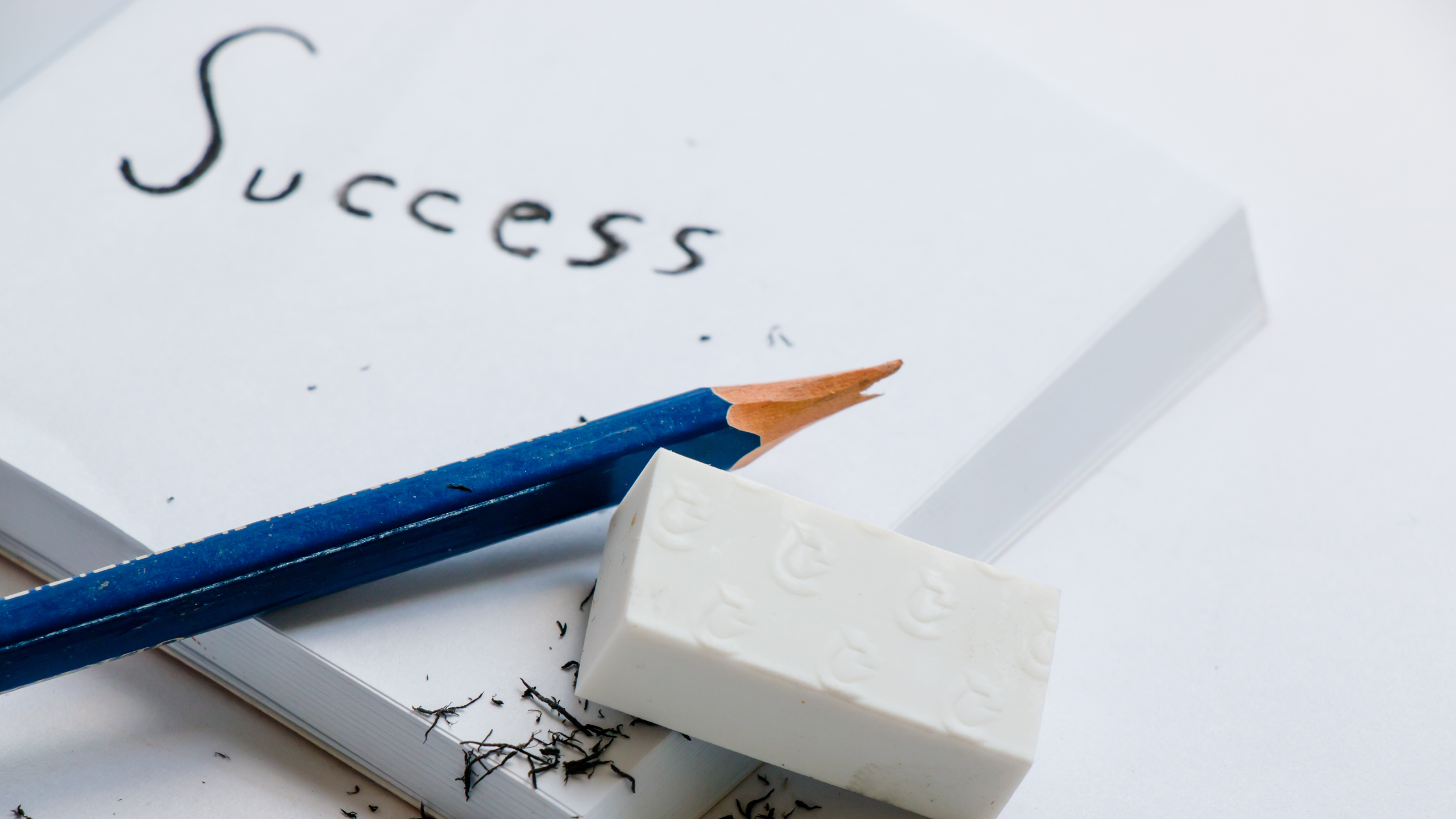Most authors forget to ask the one question that determines how their literary publicity campaign — and by extension, their book launch — will take shape.
What does author success look like to you?
Seriously, pause for a moment and ask yourself this question. What does success look like for you? Is it seeing “New York Times Bestseller” splashed across your name? Watching your book sales spike into the thousands — or tens of thousands? Landing a movie deal, or embarking on a flashy speaking tour?
Or, maybe your goals are more personal. Perhaps “author success” means spreading an important message, sharing a meaningful life experience, connecting with readers, or helping them connect with some part of themselves. For many, success simply means completing and publishing a book at all — that’s a huge accomplishment in itself.
The answer is usually layered. Most authors begin writing because of a personal catalyst: a desire to process, create, and connect. And it’s only natural to want your art recognized: to see your book in readers’ hands (and, yes, maybe even on a bestseller list).
Regardless, defining what author success means to you personally is crucial as you embark on your publishing journey. Here’s why:
You can’t reach a goal you haven’t defined
If you’re not sure what author success looks like to you, it’s difficult to know how to get there — or even recognize it when you do.
For example, an author may dream of hitting the No. 1 spot on The New York Times list, but realizes they’re more likely to appear on a regional or local bestseller list first. Measuring success only by the Times list can (statistically) lead to disappointment.
But if they takes strategic steps to hit a local bestseller list, they have a higher chance of achieving their goal, and becoming a bestselling author in the process.
You might miss success when it happens
If you’re not clear on what author success means to you personally, you might not recognize it once you achieve it.
We’ve seen authors become so focused on the “big” goals — the coveted “Today Show” interview or glowing Publishers Weekly review — that meaningful moments along the way feel small. The enthusiastic write-up from a respected blogger with an engaged online following, the standing-room-only event at a local bookstore, the heartfelt reader email — these are all indicators of real, growing success.
When you celebrate these milestones, you not only boost your motivation, but also sustain your long-term career momentum. So what’s the solution?
Define and celebrate your own personal version of author success
Take a moment and write it out: What does success look like to you?
- What are your big, top-shelf ambitions?
- What are realistic, achievable goals?
- What personal benchmarks will you celebrate?
- What specific steps will you take to get there?
As you figure out what success means to you personally, you may realize you’ve already achieved more than you thought.
Defining our personal definition of success early — and revisiting it often — helps you stay grounded and inspired through every stage of your publishing journey. “Making it” as an author is closer than you think.


